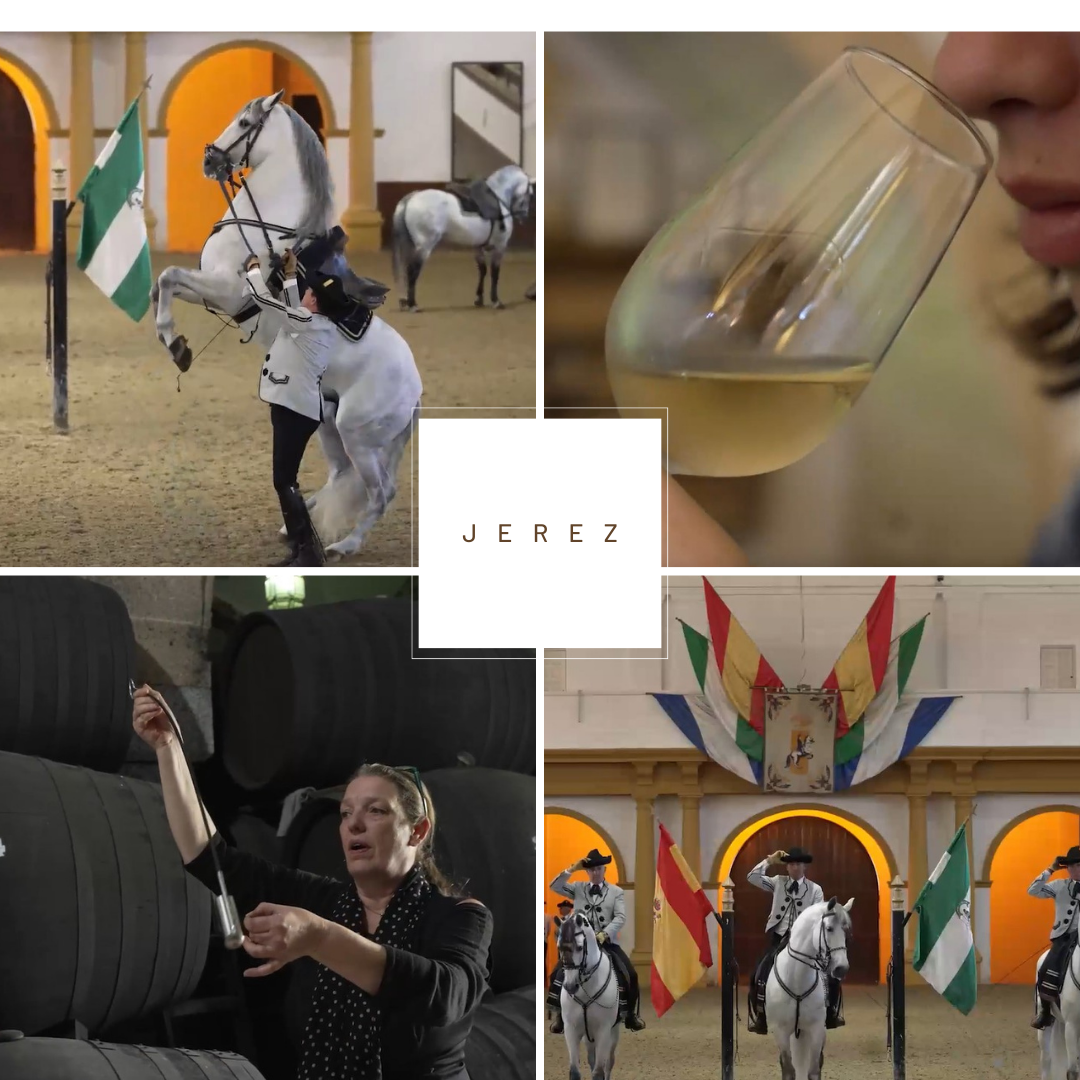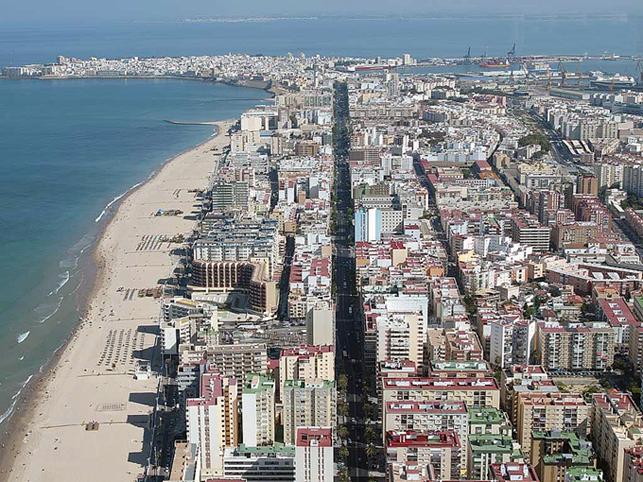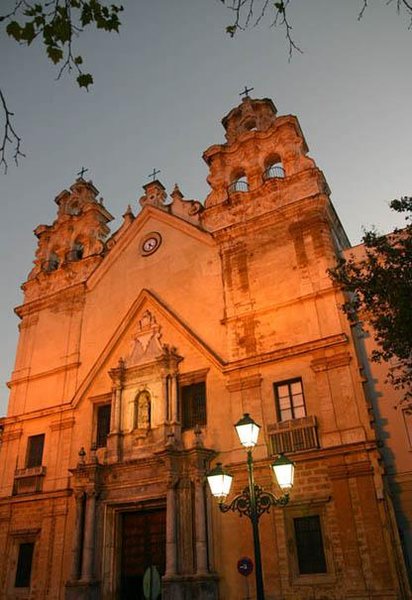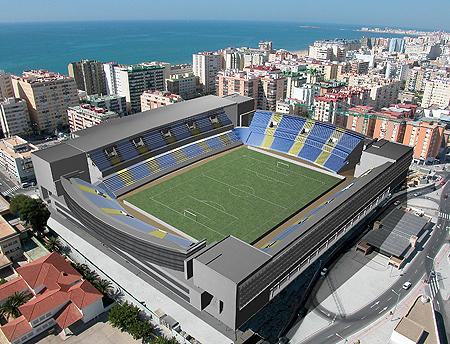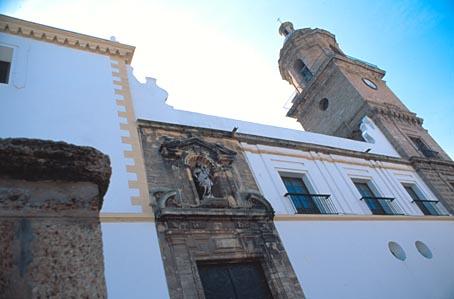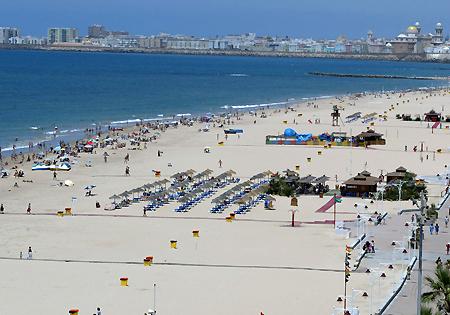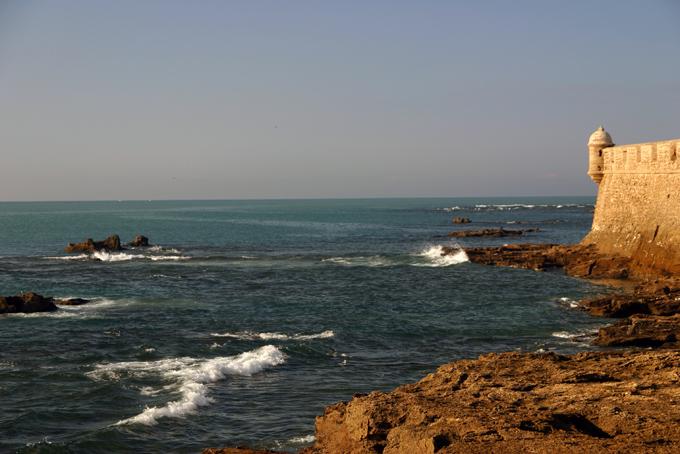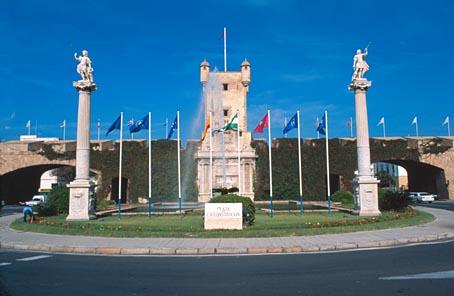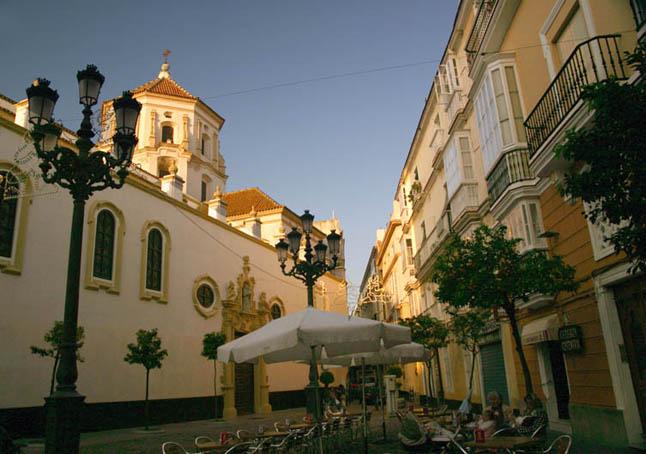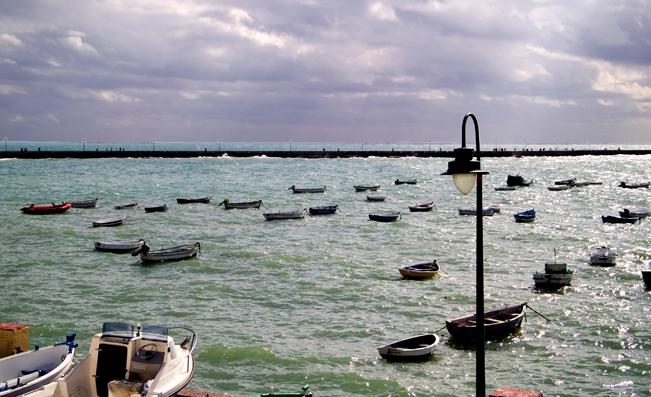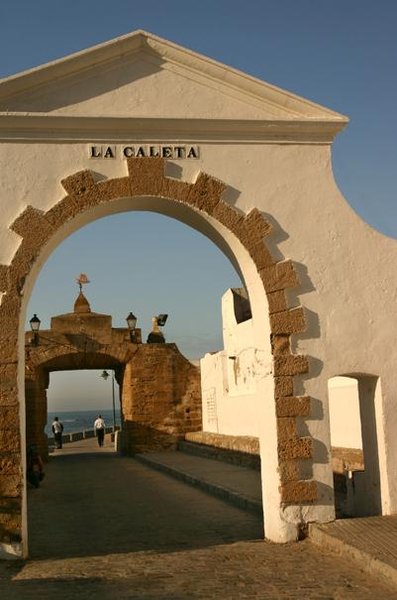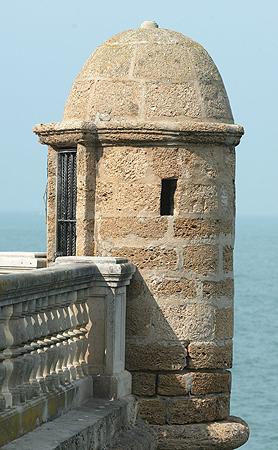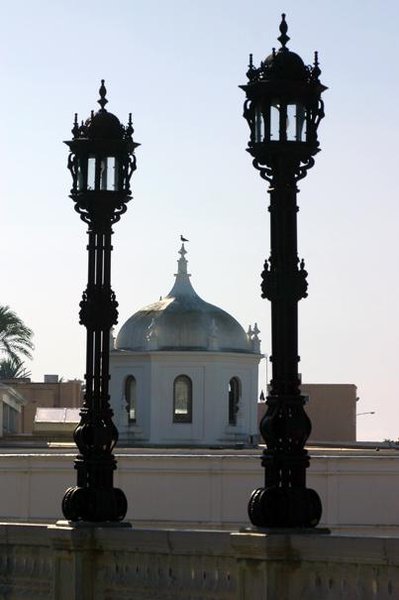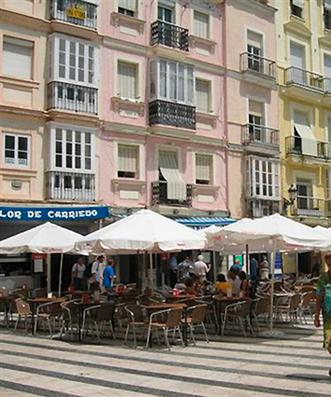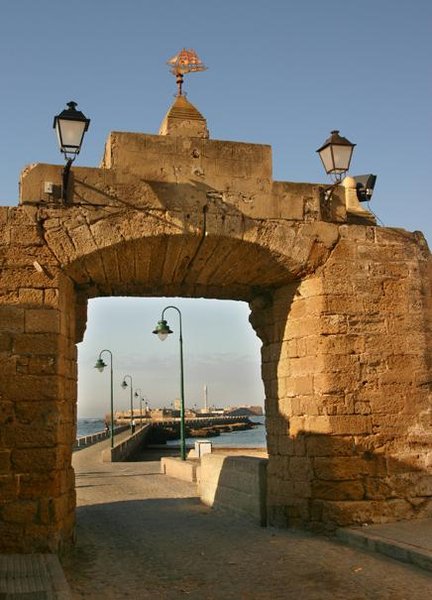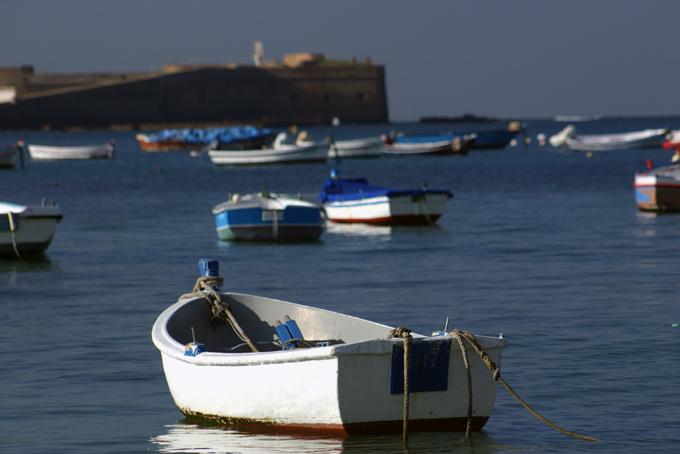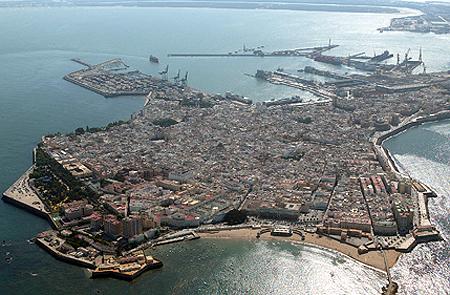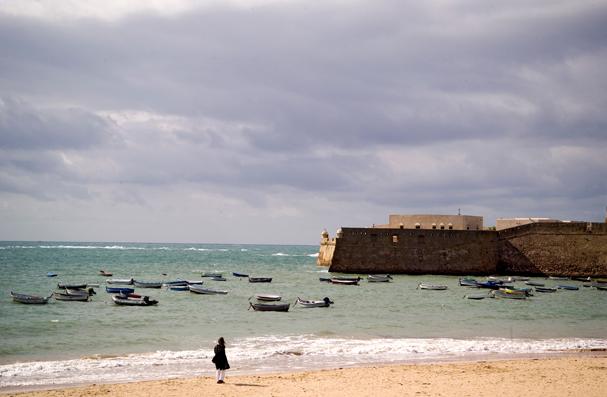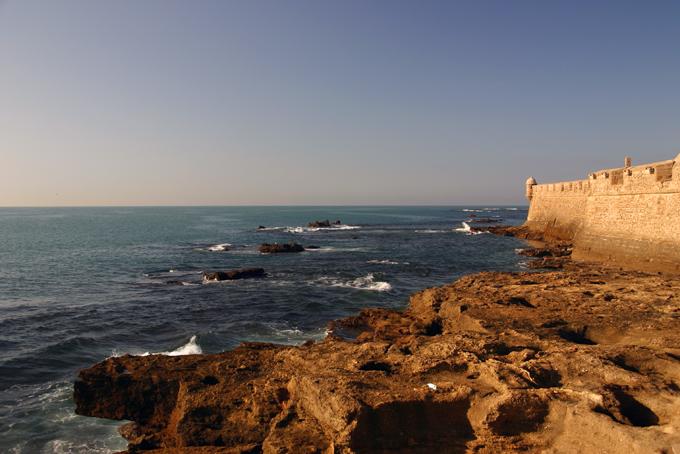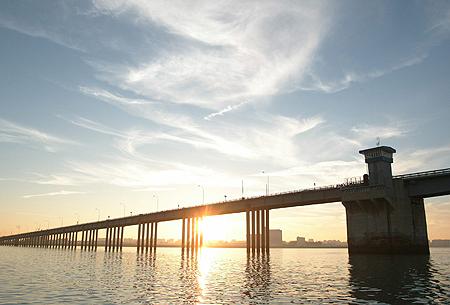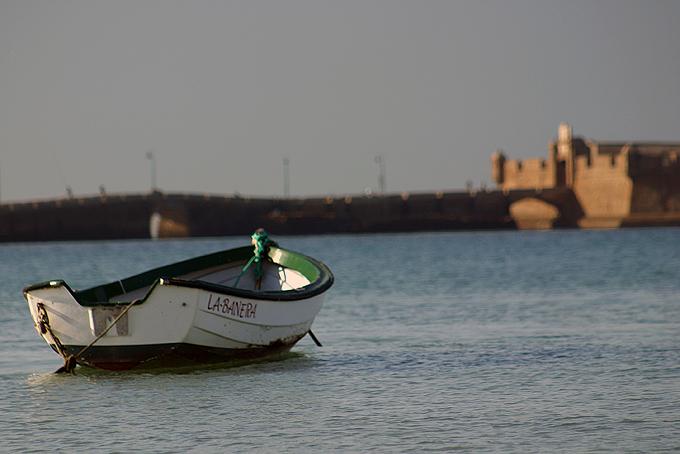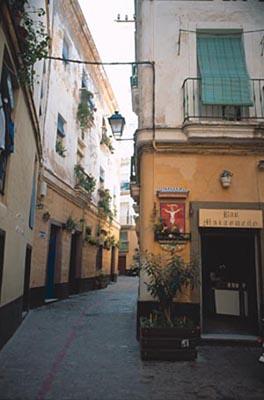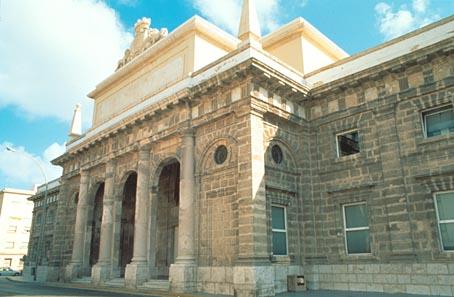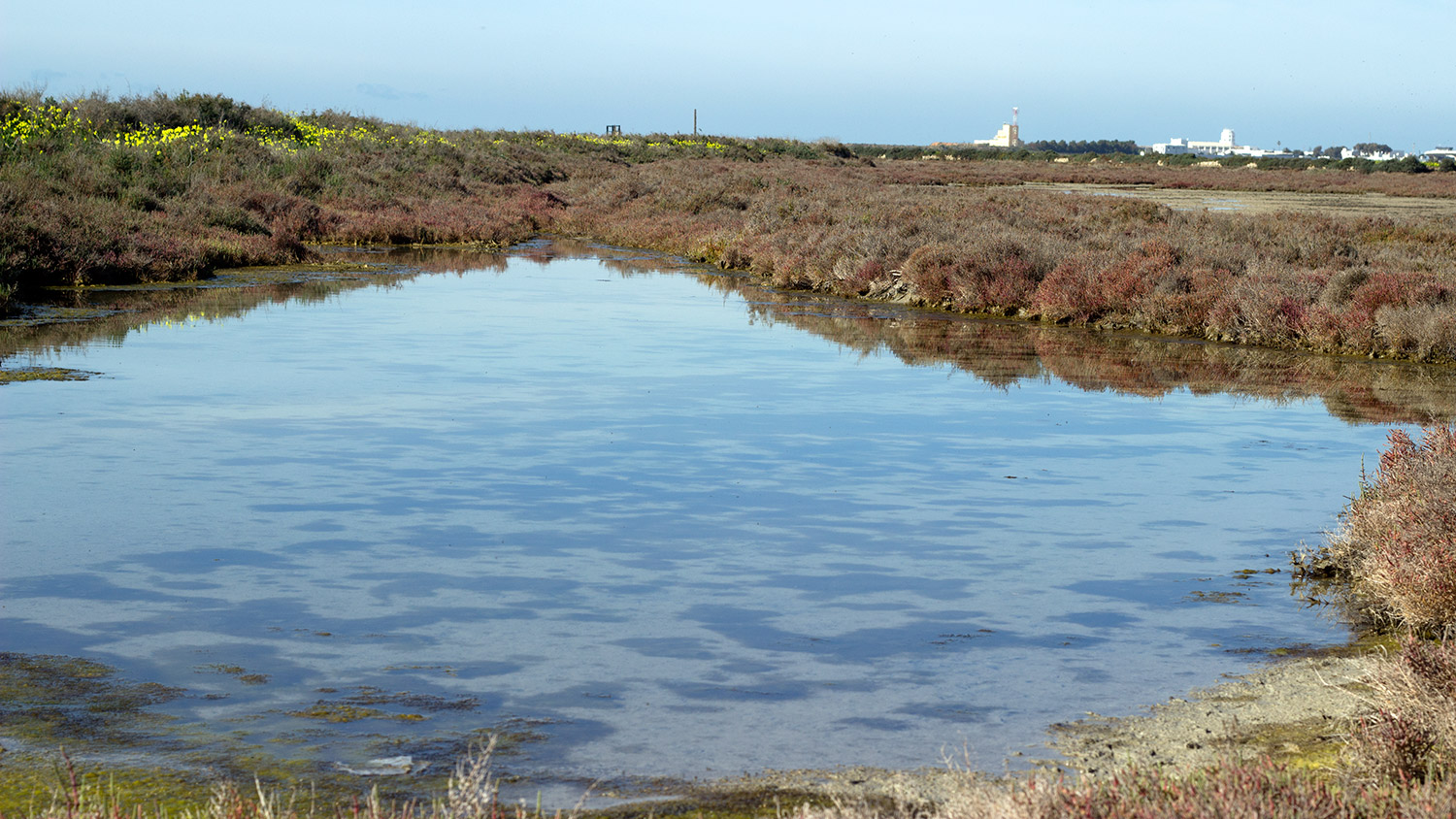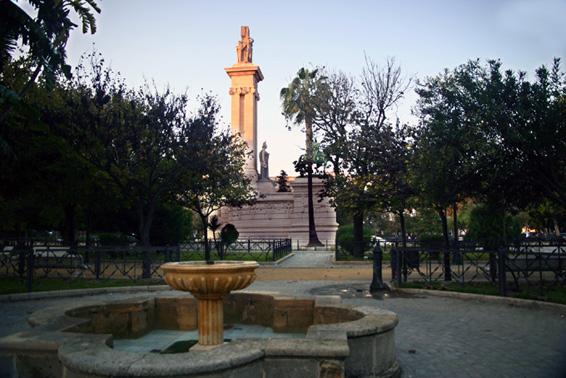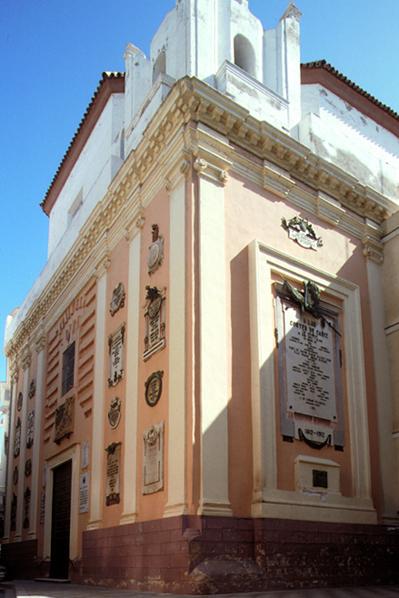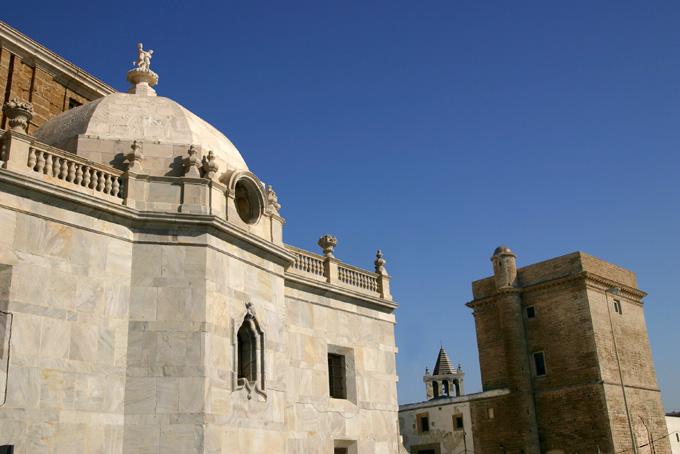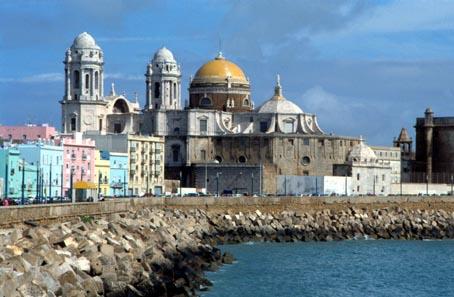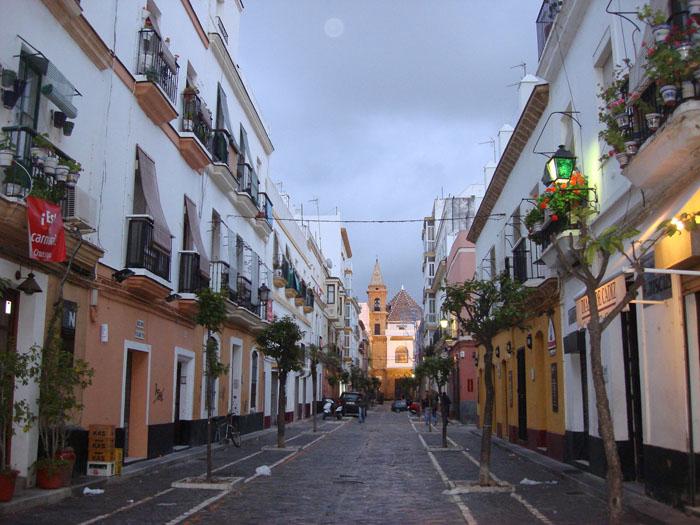Cádiz
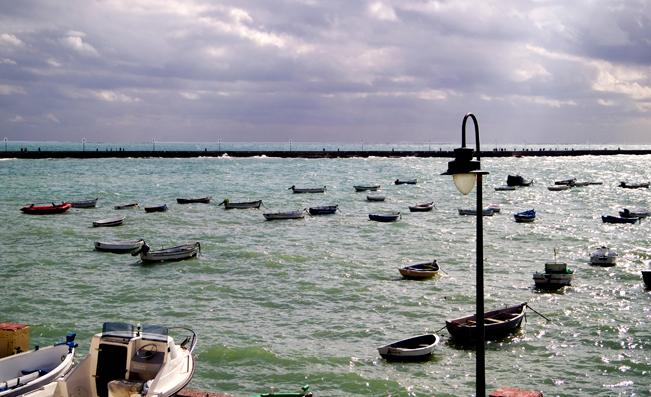
The city of Cadiz, which practically accounts for the whole of the municipal area which could be described as half island, half peninsula, connected to the mainland by a slender, sandy strip.
Its situation is responsible for its obvious maritime tendencies, and it has been totally dedicated to seafaring pursuits since its foundation. The Phoenicians, Greeks, Romans and Arabs all passed through what is believed to be the western world's oldest city, and it was here that Spain's first democratic Constitution was drawn up.
Despite its essentially urban nature, it also boasts areas of natural interest, such as the beaches of La Cortadura and el Chato, as well as Santibañez Mud Flats, which are part of Cadiz Bay Natural Park.
The city, popularly known as the "Tacita de Plata" (Silver Cup), has an unmistakable marine flavour, and its people are famous for their good humour and hospitality, as witnessed by the famous carnival; it boasts monuments of great interest, such as the Cathedral, the city walls, Holy Cross Parish Church, the Genovese Park, Puerta de la Caleta, etc. All places of indubitable charm, to which we must add the city's cuisine and beaches, famous for their beauty, such as La Caleta, Santa Maria del Mar and La Victoria.
History
This legendary city was founded by the Phoenicians in 1100, although the oldest archaeological remains date back to around 800 B.C. Mythology links its foundation with Hercules and the legendary Tartessia. The Phoenicians called the city Gadir, meaning "closed area'. They built a commercial factory and a temple in honour of the god Melkart.
In 206 B.C. it was joined with Rome as an allied city under the name Gades. This was the start of one of the most prosperous periods in Cadiz's history, and it became one of the most important cities in the Roman Empire. In the Imperial age, it was known as "Augusta Urbs Julia Gaditana'. Its inhabitants were soon granted Roman citizenship.
When the Moslem invasions began in the 8th century, it provided the armies with significant support by facilitating their passage, though it soon suffered a decline in importance which would prevail until the Christian conquest and re-settlement at the hands of Alfonso X, known as The Wise, between 1260 and 1262.
During the 15th century, the city's economic activity was based essentially on sea commerce, particularly in North Africa. In 1493, the Catholic Monarchs made Cadiz Crown property; it had belonged to the Ponce de Leon estate since 1470.
With the discovery of America, Cadiz's rise to greatness began, culminating in the 18th century. Its natural conditions meant that whenever it was impossible for ships to berth in Seville, they could do so in Cadiz. In 1717, Seville's Contracting House was moved to Cadiz, the monopoly of American trade travelling with it; however, this situation was short-lived, as the concession to trade with the New World was extended to twelve ports in 1778.
The town centre was consolidated in the 18th and 19th centuries, when urban renovation was carried out and most of the monuments and buildings that we know today were built.
La Isla del Leon, now San Fernando, was the setting for the earliest meetings of the famous Cadiz Cortes, general constituent assemblies set up to provide Spain with a Constitution during the war of independence. Fleeing from the French, the Government took refuge near Cadiz, the only stronghold that the French were unable to capture during the whole of the war. Between 1810 and 1811, Government assemblies took place in La Isla de Leon Theatre; in February 1811, the proximity of Napoleon's troops forced them to move to San Felipe de Neri Church in Cadiz, returning once more to La Isla de Leon before finally making their definitive journey back to Madrid in 1813. After the war, the city continued at the vanguard of liberalism, with its support for Riego in 1820 and its leading role in the face of the French invasion in 1823. In a similar vein, Cadiz was at the forefront of the 1868 uprising.

- Max 14
- Min 12
- Max 57
- Min 53
- °C
- °F
